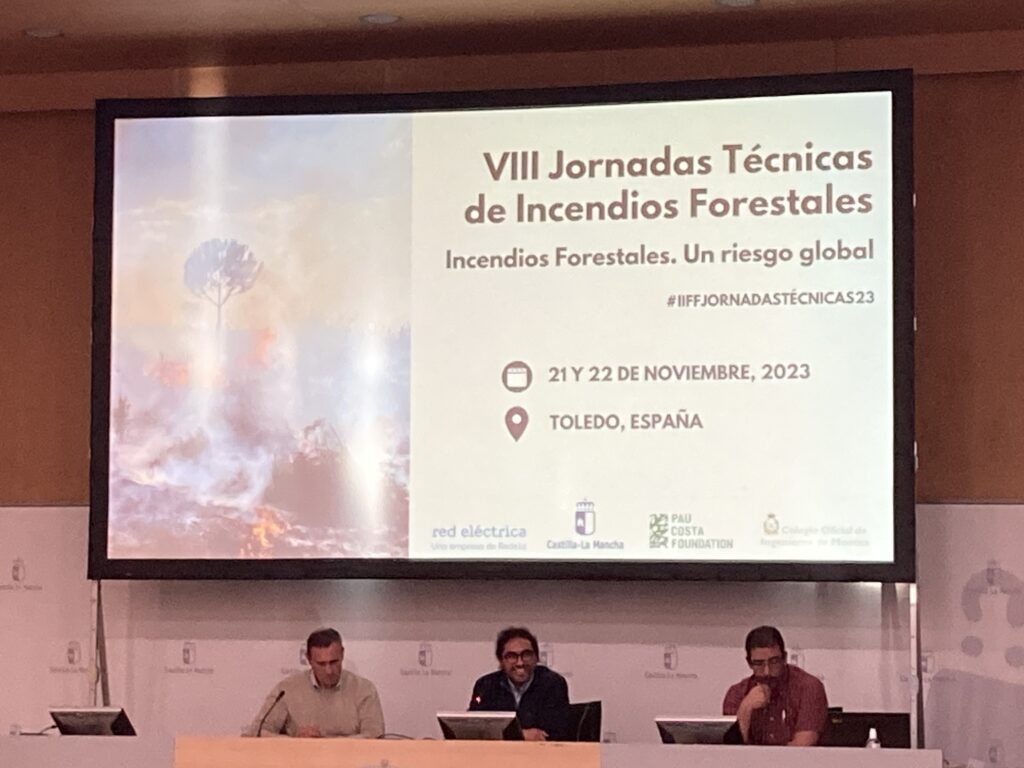Toledo, Spain – In a collaborative effort, José Ramón González Olabarría from CTFC, and Erico Kutchartt from UNIPD recently presented the results from the FIRE-RES Innovation Action 5.10 at the VIII Jornadas Técnicas de Prevención de Incendios Forestales 2023.
